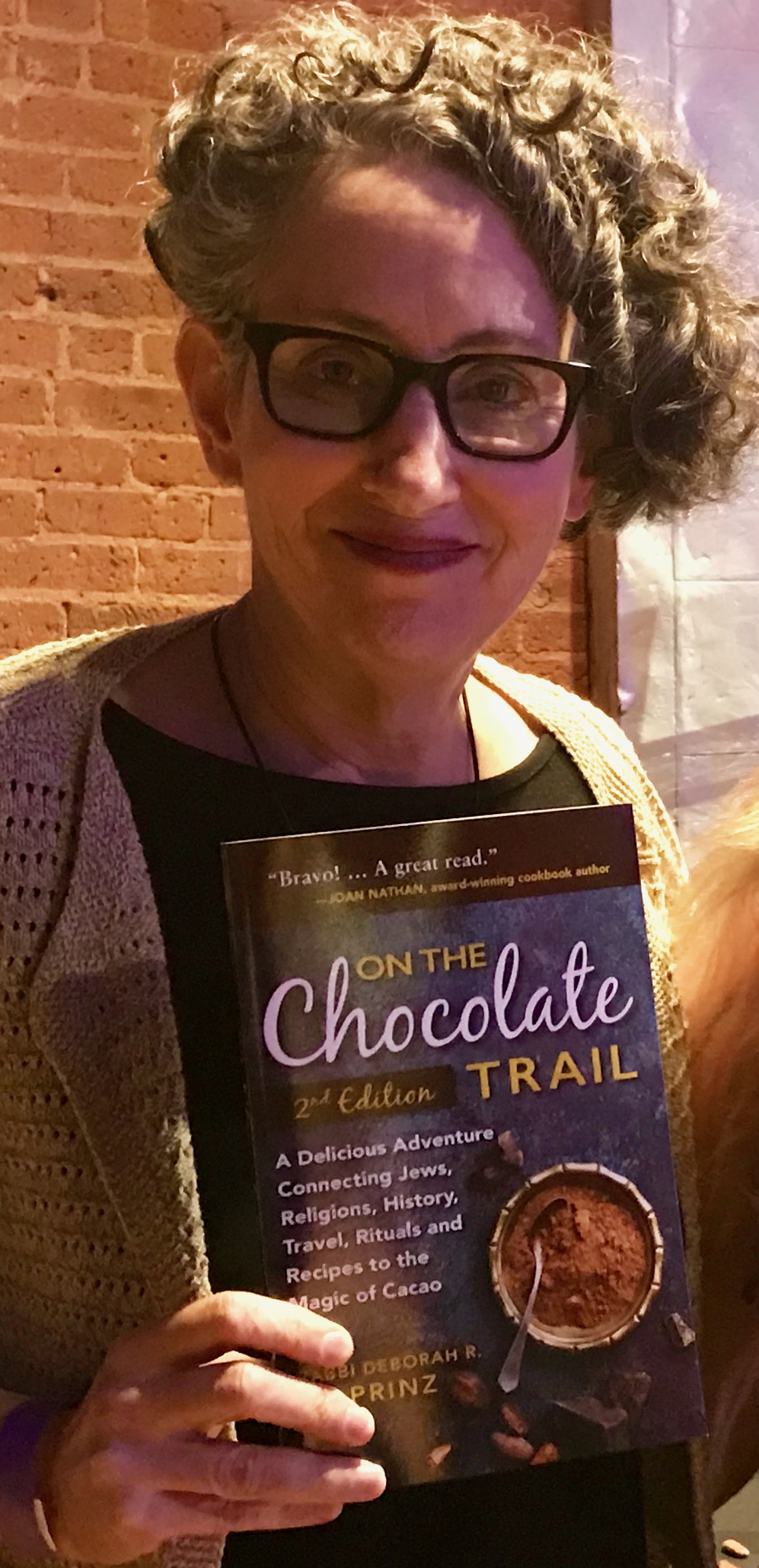For the New York-headquartered, “>On the Chocolate Trail. Estee reflected on their recovery from Sandy with this history in mind, “there’s a resiliency to our family from its Holocaust background.”
During the Holocaust, the Nazis imprisoned Estee’s grandmother, Helen, in a labor camp in Poland, her great-aunt, Esther, in a labor camp in Czechoslovakia, her grandfather in Buchenwald, and murdered a great-uncle in Auschwitz. Family tales of narrow escapes and luck were always at the forefront of the Farbers’ minds, not in a sad way, but in an uplifting way. Estee’s grandmother often told stories about maintaining humanity, even in the concentration camp.
One story she often recounted, was that her identical twin, Esther, was befriended by a German officer who occasionally smuggled extra food for her at the labor camp. One day, this officer was sent to Helen's camp, saw her and called her by Esther’s name, helping Helen know that her sister was still living. The sisters were then able to communicate to each other through this officer during the war.
After the war, Esther and Helen married Jack Gold and Henry Kaye. They were sponsored to come to the States by Stephen Klein, who employed them in his immigrant start-up company, the well-known Barton’s Bonbonniere Company. Klein further assisted as they opened a chocolate packaging plant on West 18th Street in Manhattan.
In 1949 the Gold and Kaye cousins developed a line of European-style chocolates, calling it Madelaine. Estee explains that her grandfather was enamored with Madeleine Carroll, a popular British actress of the 1930s and 40s. Since they wanted a European and feminine aura for the company, they named it after her.
The direction of the business turned to foil-wrapped chocolate novelties for holidays and special occasions. Ironically, this observant Jewish family’s first product was kosher certified chocolate Easter eggs. More recently, Madelaine has been featured on the Food Network’s show Unwrapped in which host Marc Summers visited Madelaine’s kitchen to explore how their treats are made behind the scenes.
As a child Estee Farber did her homework at the factory and answered the phones when she was old enough. She joined the staff in 2003 and works alongside her parents and many other family members. Every day finds this former student of the French Culinary Institute nibbling on some treat or another, especially the hazelnut truffle.
Just as the Barton’s created a refuge for many World War II immigrants, today, Madelaine does the same for immigrants from around the world in Queens.
Estee ponders her family’s journey through trauma, “If our grandparents’ generation could get through the Holocaust, we could get through the storm in 2012. It represents more than a business. It represents a family coming with nothing, after having lost so much and building so much to provide for so many, creating a better life for them and for so many people.”
An important family lesson she has learned is to “have faith in yourself, in other people, in doing the right thing, in setting priorities, and don’t give up.” I’ll take some of those teachings of appreciation and gratitude in my chocolate, please.
Cross posted from the “>On the Chocolate Trail, is used in adult study, classroom settings, book clubs and chocolate tastings. She is developing a new project around women and chocolate.























 More news and opinions than at a Shabbat dinner, right in your inbox.
More news and opinions than at a Shabbat dinner, right in your inbox.